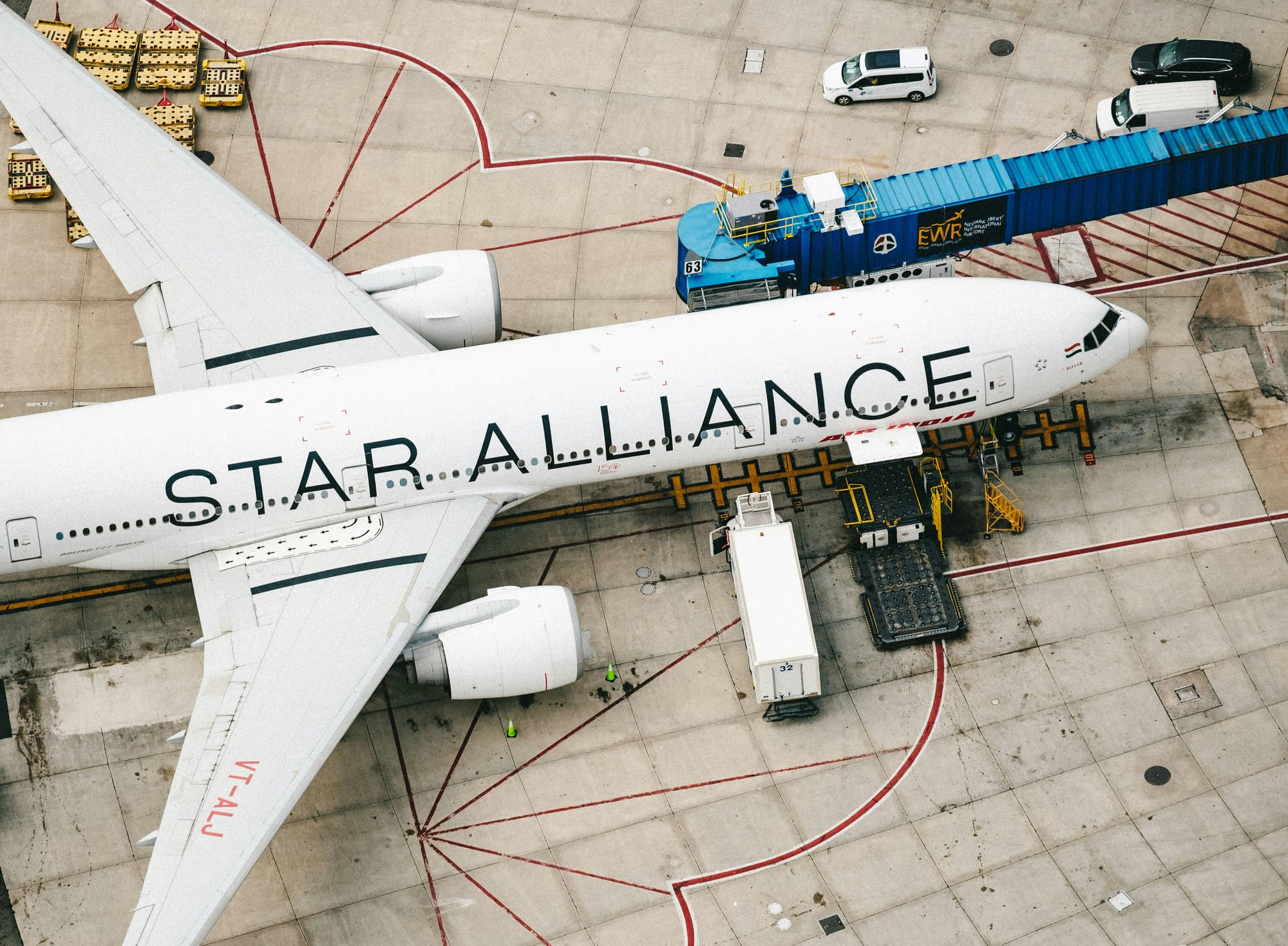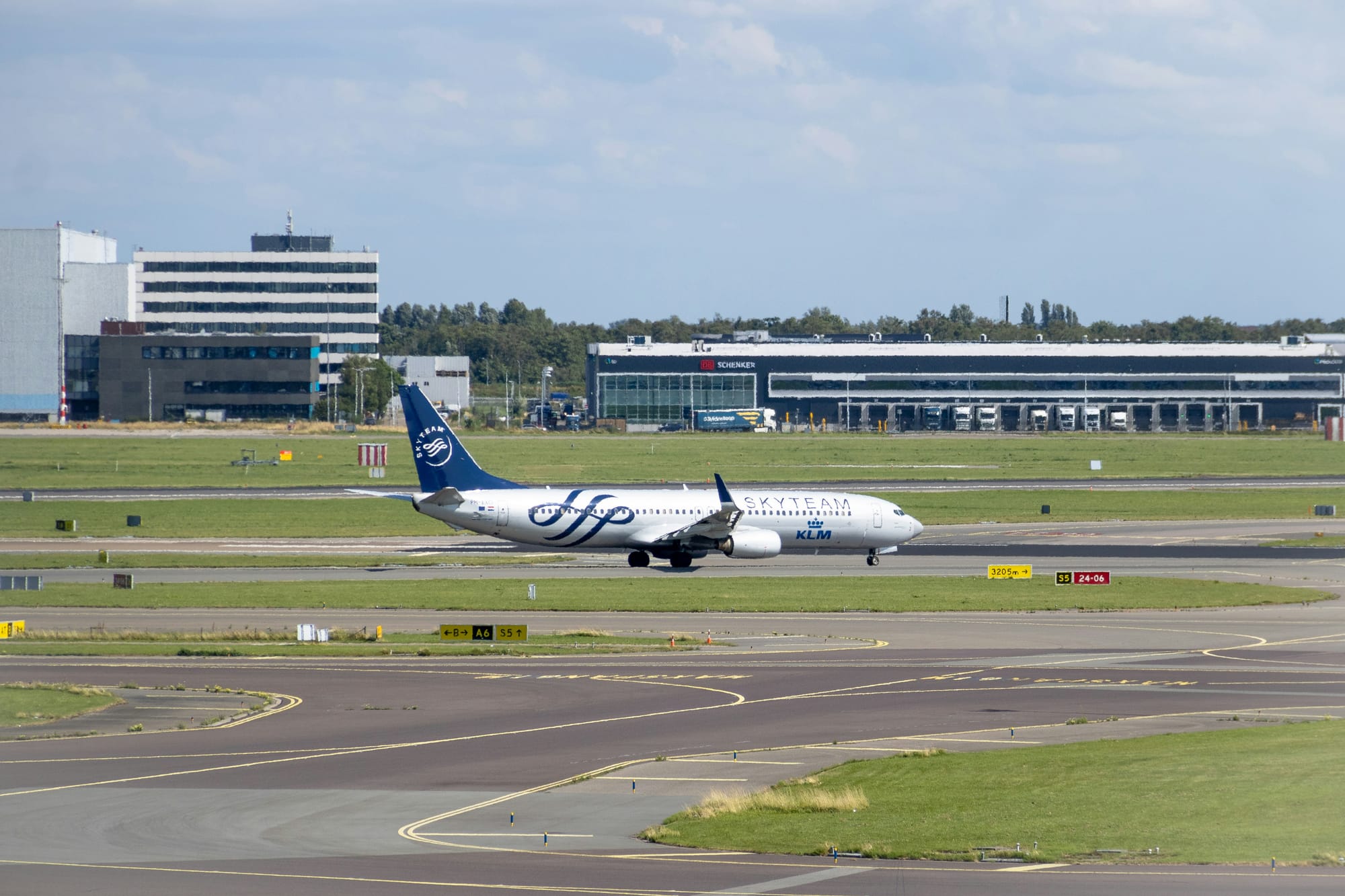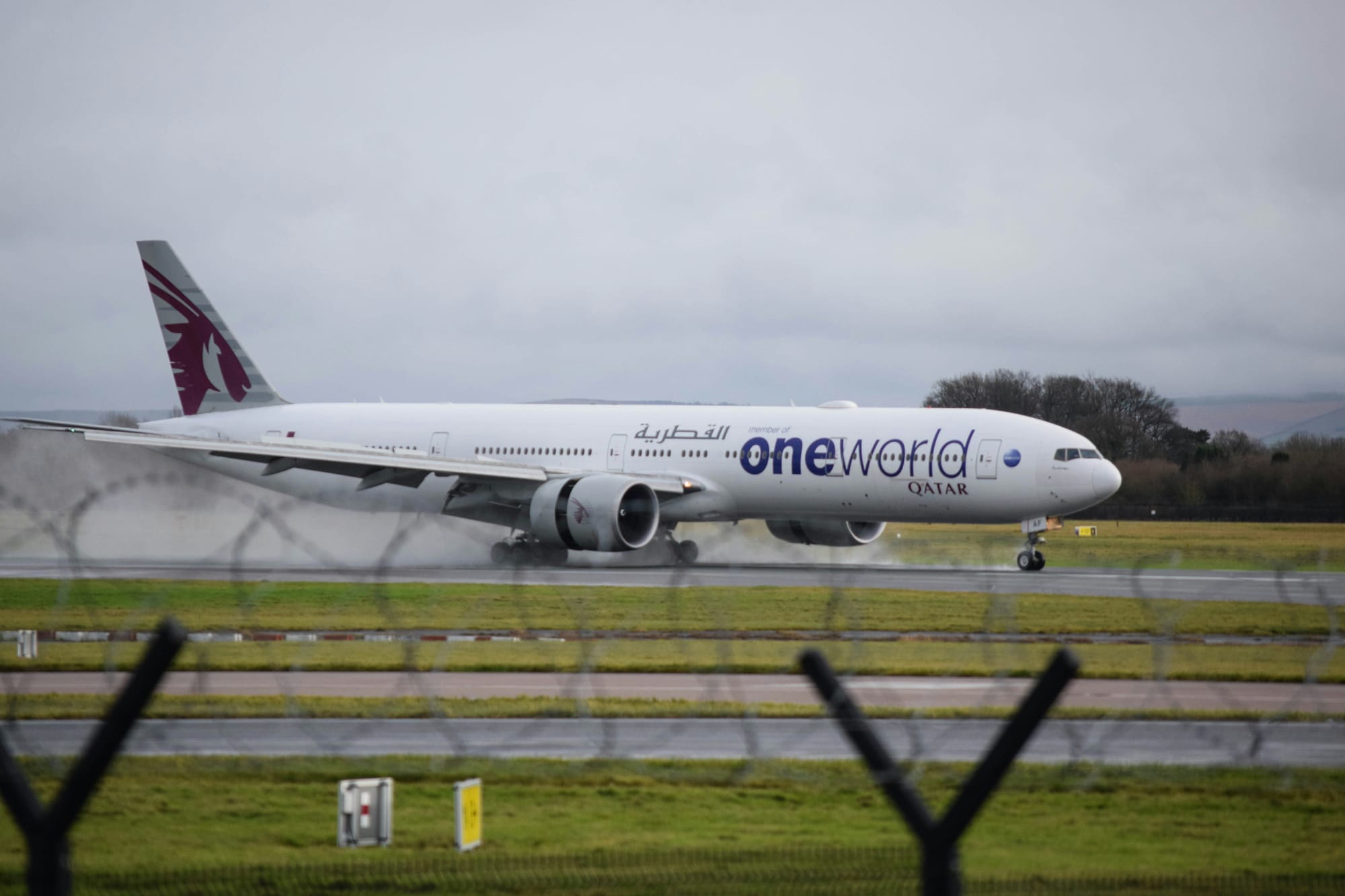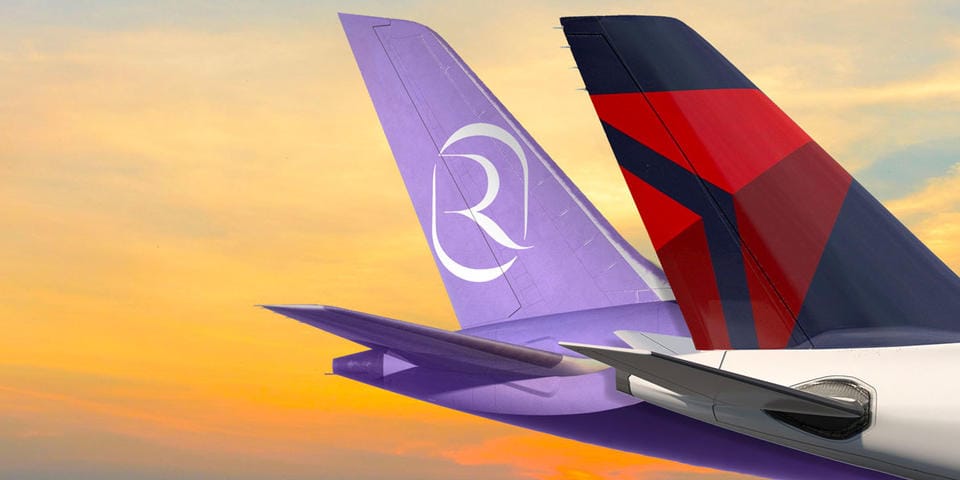Inside Airline Alliances: How Codeshares and Partnerships Work

In today’s highly interconnected world, airline alliances and partnerships play a central role in global air travel. For travelers, these partnerships can enhance flexibility, connectivity, and loyalty benefits. For airlines, alliances are vital to expanding networks and sharing resources without the complexity of a full merger. But how exactly do these alliances work, and what makes codeshares and partnerships an essential part of aviation? Let’s take a closer look.
The Evolution of Airline Alliances

Airline alliances began as a response to rising competition and the need for a global footprint. In the 1990s, the first major alliances emerged, with airlines seeking to broaden their reach and minimize operational costs. Today, three primary alliances—Star Alliance, SkyTeam, and oneworld—dominate the global stage, comprising dozens of airlines across all continents. Each alliance provides an extensive network of destinations that allow passengers to fly across various member airlines seamlessly.
Codeshares: Expanding the Reach

One of the most visible elements of airline alliances is the codeshare agreement. In a codeshare, two airlines agree to share a flight, meaning a single flight operated by one airline can also be marketed as a flight from another. For example, a flight operated by Lufthansa from Frankfurt to New York might also carry a United Airlines flight number, making it accessible to passengers booking through either airline.
For passengers, codeshares mean more convenient booking options and access to destinations beyond an airline’s individual network. Codeshares also allow airlines to pool resources, increasing seat availability and offering smoother transfers between flights, often on the same ticket.
Joint Ventures: Deepening Collaboration

Beyond codeshares, some airlines enter into joint ventures (JVs), which are more extensive agreements that involve shared profits, losses, and coordinated schedules on specific routes. Unlike codeshares, which are largely marketing agreements, JVs involve operational and financial collaboration. Airlines often synchronize schedules, optimize capacity, and align pricing strategies within these JVs to enhance competition and streamline operations. For example, Delta Air Lines and Virgin Atlantic have a joint venture covering transatlantic routes, offering greater scheduling flexibility and additional flights.
Alliances and partnerships also bring the benefit of shared loyalty programs. Travelers earn miles and enjoy tier benefits, such as lounge access, priority boarding, and additional baggage allowances, across member airlines. This integration makes it easier for frequent fliers to accumulate points and achieve elite status without being restricted to one airline.
The Challenges of Alliances

While alliances offer many benefits, they come with challenges. Cultural and operational differences between member airlines can complicate coordination. Further, regulatory restrictions in certain regions may prevent deeper collaborations. For example, antitrust laws can limit the extent to which airlines can collaborate on pricing or scheduling in some markets.
In addition, the rise of low-cost carriers and new airline business models has forced traditional alliances to innovate. Some low-cost airlines have opted to partner selectively without joining full alliances, allowing them to maintain independence while reaping the benefits of cooperation on a limited scale.
Final Thoughts
Airline alliances, codeshares, and joint ventures are foundational to modern air travel, enabling airlines to provide passengers with extensive global access and streamlined services. Although these alliances come with complexities, they continue to evolve in response to shifting market demands and passenger expectations. For travelers, these partnerships offer the flexibility to travel worldwide with fewer hurdles, making the world more accessible than ever.





